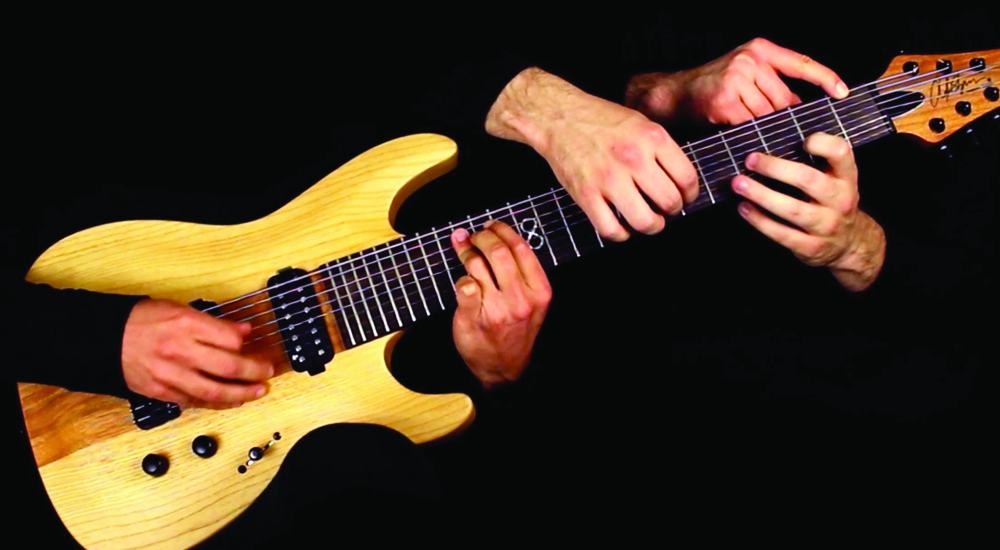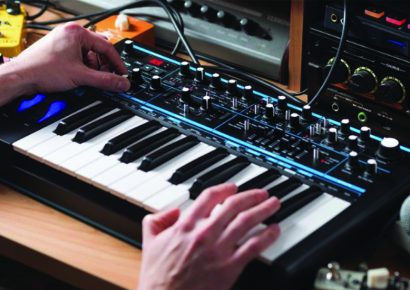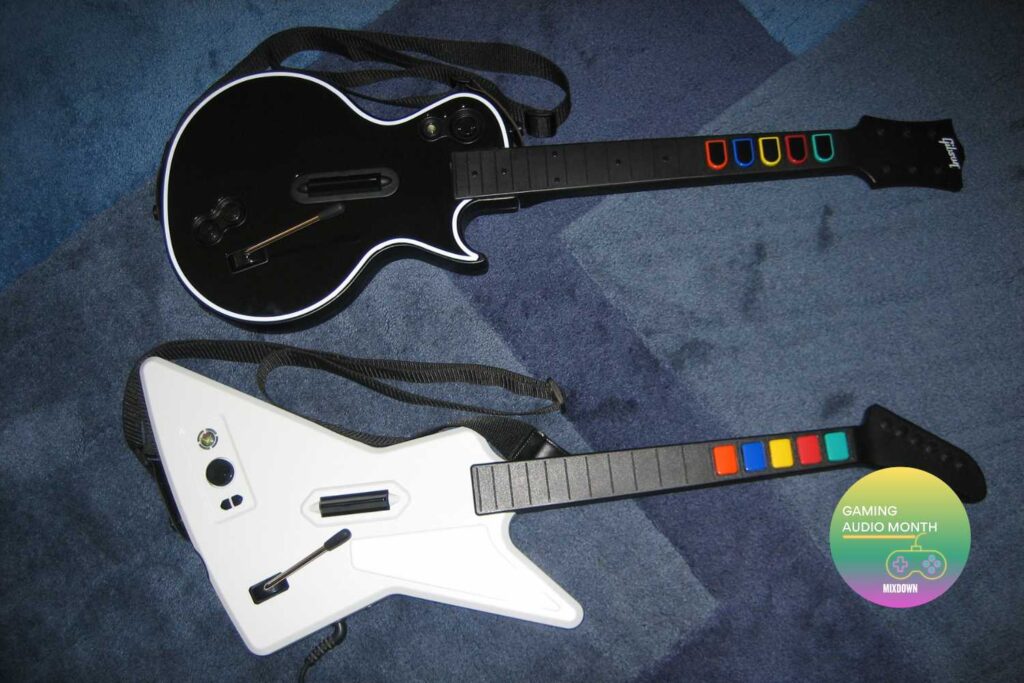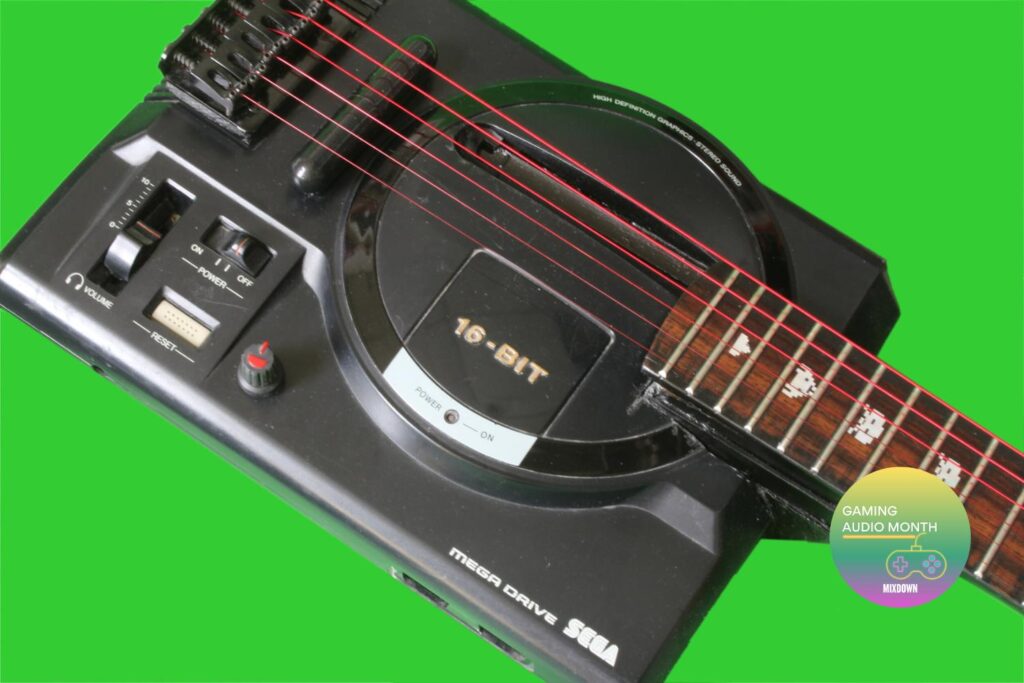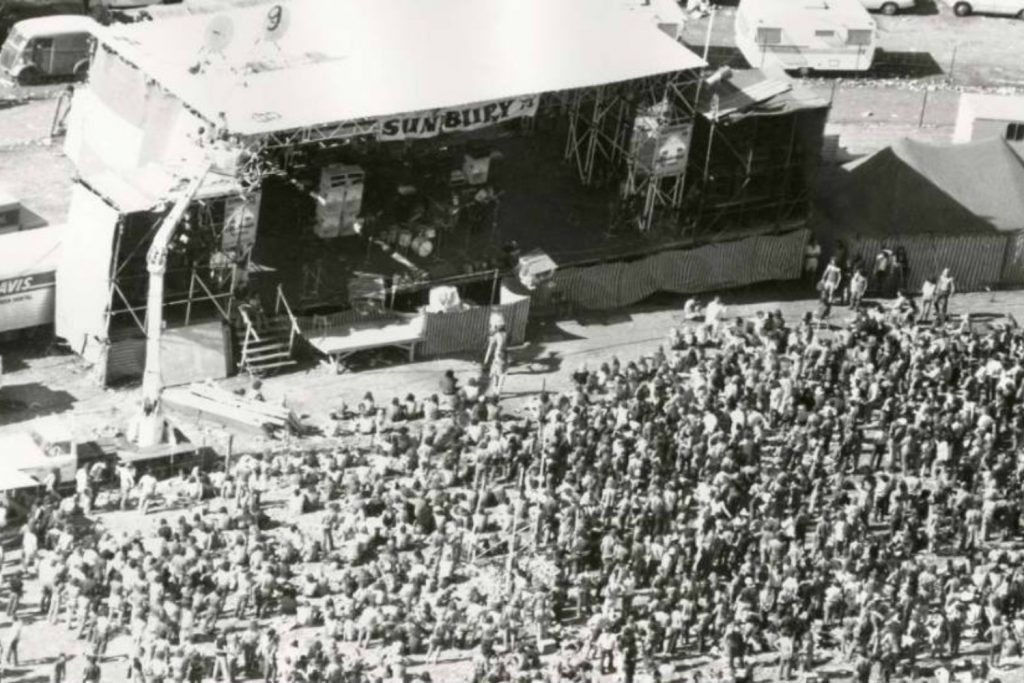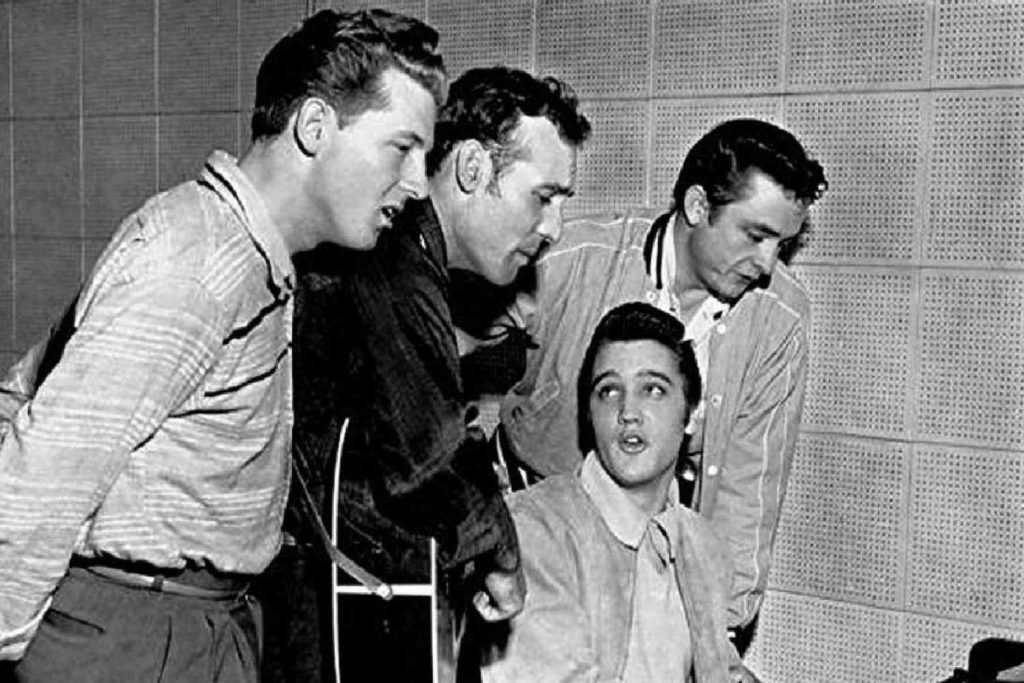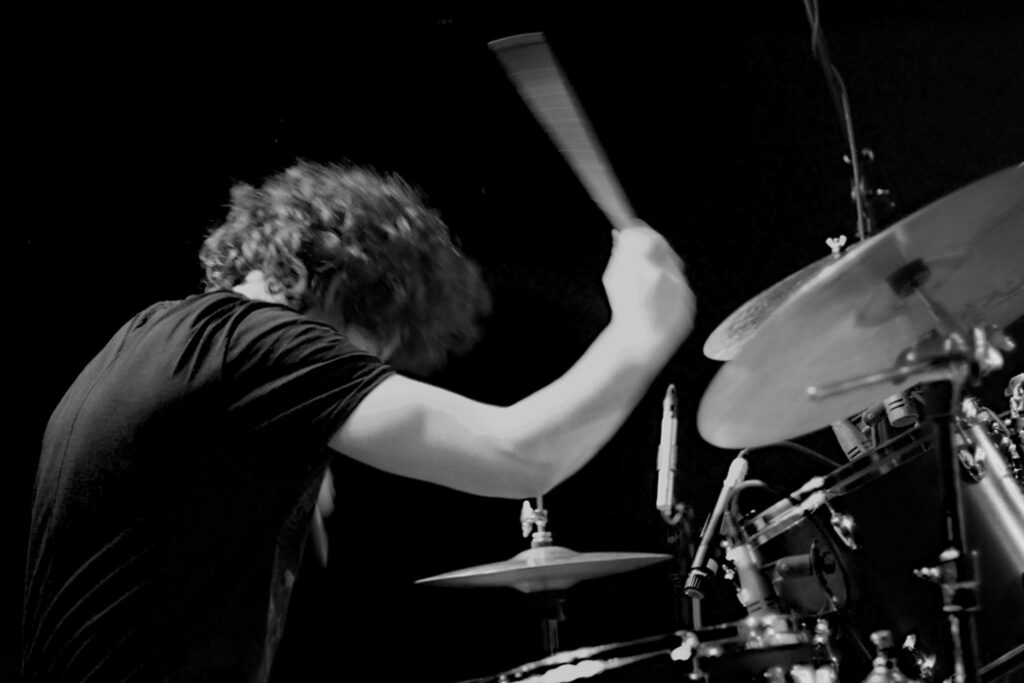One of the tough things about guitar, and indeed any instrument, is being limited in what you play by what you know and what you can physically do. With great facility and knowledge of the fretboard you hopefully should be able to move around the neck with ease irrespective of how many notes you’re playing on each string, which direction you’re moving, whether it’s an up stroke, downstroke, hammer-on or pull-off, it is always handy to start with some examples to get the ball rolling.
Two notes per string is cool and works beautifully with that classic guitar sound, the minor pentatonic scale (Figure A). Yes you can alternate pick every note but it also lends itself to hammer-ons and pull-offs due to the two notes per string. It’s a great starting point, sits nicely under your fingers and with a bit of practice you should be able to develop speed fairly quickly.
Whist the minor pentatonic scale is really usable and utilised by many instruments, not just guitar. So, keeping the two note per string idea in mind you can try changing some notes for a different sound. Figure B changes the C natural to a C# and also adds in an F# and a B natural. This creates a mixolydian type sound that could work over Dominant 7, 9 and 13th chords amongst others. The movement and right hand picking (or hammer-ons/pull-offs) stays the same with just some extra stretches in the left hand.
Notice any limitations though? Perhaps you’re thinking that it’s quite a bit of effort and movement to get the two notes out on each string? Another option to add some extra notes and try three per string. Players such as Frank Gambale, Allan Holdsworth and Tom Quayle are masters of these type of ideas, make sure you check them out.
Figure C takes the idea of using three notes per string to cover some extra fretboard territory, this time in A Dorian. If picking, you can use economy or sweep picking (alternate picking with sweeps in the same direction when crossing strings). Otherwise you could try a more legato approach by just picking the first note on each new string or a combination of all of the above. Figure D is again based on A Dorian, but sounds a little more interesting. Try coming up with some ideas of your own (in all keys) and I’ll be back with some more ideas including four notes per string next month.
